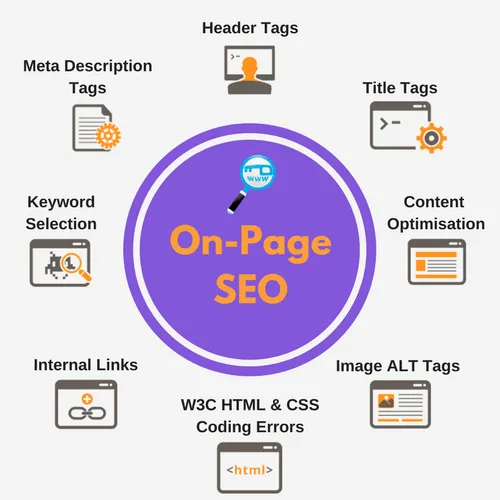An In-Depth Guide And Best Practices For Mobile SEO
In the digital age, mobile devices have become the primary means of accessing the internet for a significant portion of the population. As a result, optimizing your website for mobile search is no longer optional – it’s essential for maintaining a competitive online presence. Mobile SEO refers to the process of optimizing your website to ensure it performs well in mobile search results, providing users with a seamless and engaging experience on their smartphones and tablets. In this comprehensive guide, we’ll explore 10 crucial strategies for mobile SEO success, helping you enhance your website’s visibility and drive organic traffic.

1. Responsive Design:
Ensure your website is built using responsive design principles, allowing it to adapt seamlessly to various screen sizes and devices. This ensures a consistent user experience across all platforms, which is crucial for mobile SEO success.
2. Mobile-Friendly Content:
Create content that is optimized for mobile consumption, including shorter paragraphs, concise headings, and multimedia elements that load quickly on mobile devices. Mobile users have shorter attention spans, so it’s essential to deliver content that is easy to digest on small screens.
3. Page Speed Optimization:
Mobile users expect fast-loading websites, so optimizing your site’s page speed is critical for mobile SEO. Minimize image sizes, leverage browser caching, and reduce unnecessary code to improve loading times and enhance the user experience.
4. Mobile-Friendly Navigation:
Simplify your website’s navigation menu for mobile users, using clear and intuitive navigation elements that are easy to tap and navigate with a finger. Avoid dropdown menus and small buttons that can be challenging to use on touchscreen devices.
5. Optimize for Local Search:
Mobile searches often have local intent, so optimizing your website for local search is essential for mobile SEO success. Ensure your business information is accurate and consistent across all online directories and optimize your content for local keywords.
6. Voice Search Optimization:
With the rise of voice search, optimizing your website for natural language queries is crucial for mobile SEO. Focus on long-tail keywords and conversational phrases that users are likely to speak into their mobile devices when conducting voice searches.
7. Mobile-Friendly URLs:
Use mobile-friendly URLs that are short, descriptive, and easy to read on small screens. Avoid using complex URL structures or parameters that can hinder mobile usability and impact your site’s mobile SEO performance.
8. Optimize for Featured Snippets:
Featured snippets often appear at the top of mobile search results, providing users with quick answers to their queries. Optimize your content to target featured snippets by providing concise answers to common questions and structuring your content in a way that is easy for search engines to understand.
9. Implement Structured Data Markup:
Use structured data markup to provide search engines with additional context about your content, such as reviews, ratings, and event information. This helps search engines better understand your content and can improve your visibility in mobile search results. Read More: 15 Reasons Why Your Business Absolutely Needs SEO
10. Mobile-Friendly Testing:
Regularly test your website’s mobile-friendliness using Google’s Mobile-Friendly Test tool to identify any issues that may be impacting your mobile SEO performance. Addressing these issues promptly ensures that your website provides the best possible experience for mobile users.
Conclusion On Mobile Seo:
By implementing these 10 crucial strategies for mobile SEO success, you can optimize your website for higher rankings in mobile search results and drive organic traffic to your site. Stay ahead of the competition by prioritizing mobile SEO and providing mobile users with a seamless and engaging experience on your website.






